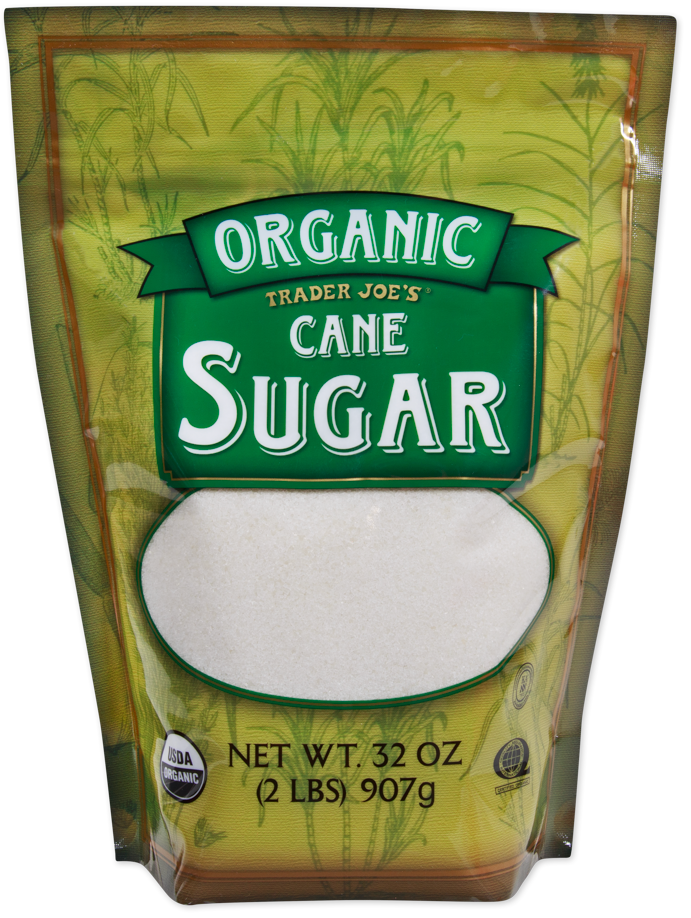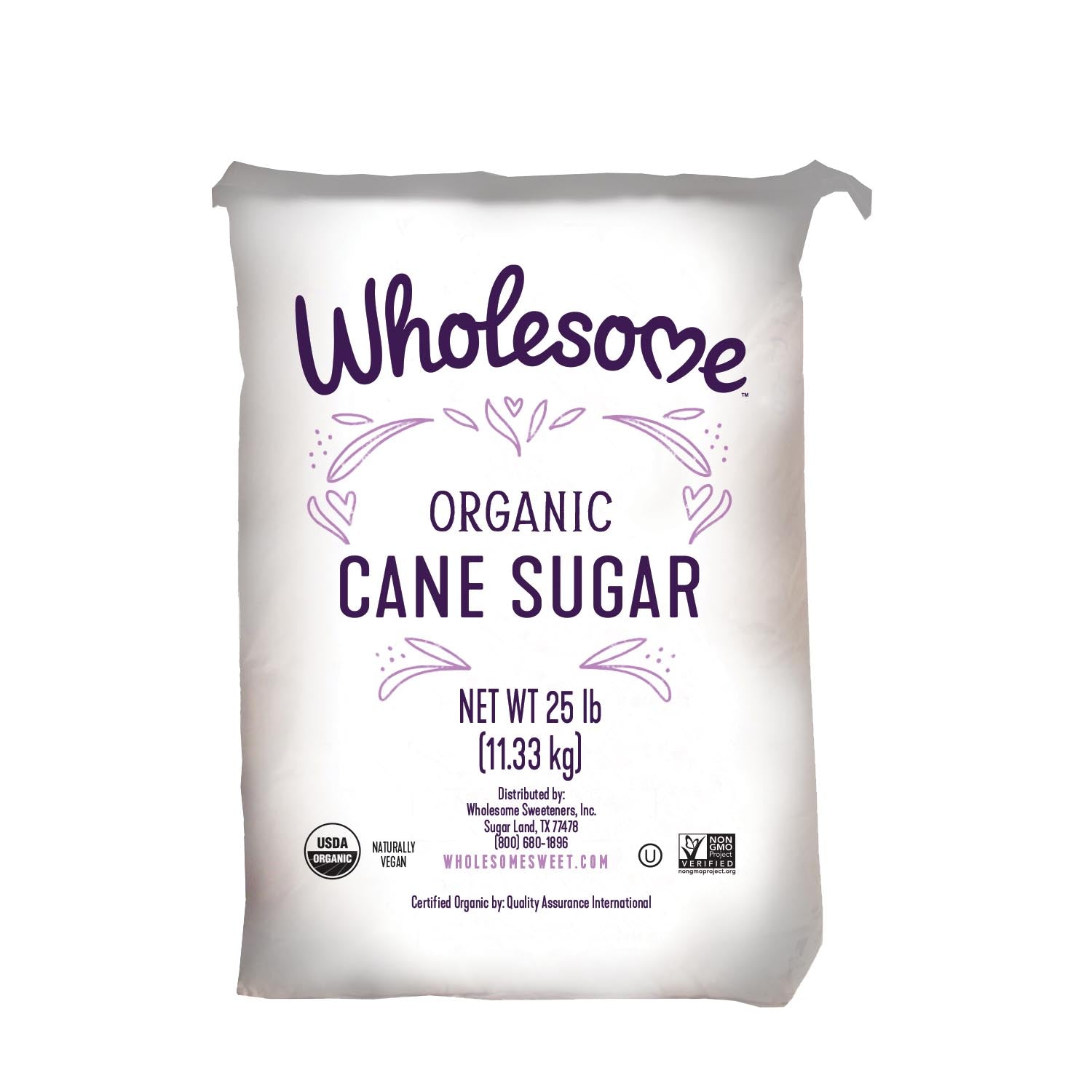Cane Sugar Processing: Standard Methods and Modern Innovations
Discovering the Comprehensive Steps Associated With Walking Cane Sugar Processing From Harvesting to Improvement
The process of walking stick sugar manufacturing includes a series of complex actions, starting with the careful harvesting of sugarcane and culminating in the refinement stages that ensure the final product fulfills sector requirements. Each stage, from the removal of juice to the purification and condensation procedures, plays an essential function in determining the quality and character of the sugar.
Collecting Sugarcane
Collecting sugarcane is a critical action in the cane sugar processing chain, as it directly influences the quality and yield of the end product. Appropriate timing and methods are important throughout this phase to guarantee optimal sugar content and reduce losses. Usually, sugarcane is gathered when it reaches maturity, usually 12 to 18 months after planting, characterized by a high sucrose focus.

Post-harvest, the sugarcane should be processed quickly to avoid sucrose degradation. Preferably, harvested walking cane needs to be moved to refining centers within 1 day to protect sugar high quality. For that reason, effective logistical planning is important to maintain the honesty of the collected crop throughout the supply chain.
Extraction Refine

The smashed walking cane is subjected to a series of pushing procedures to make the most of juice healing. Normally, warm water is sprayed onto the crushed walking stick, creating a countercurrent flow that assists dissolve the sugar while likewise helping in the removal procedure. The juice collected from this operation consists of not only sugar however likewise various organic compounds and pollutants.

To enhance extraction performance, some facilities might employ diffusion techniques, where the sugarcane is saturated in warm water, permitting the soluble sugars to diffuse into the fluid. The resulting juice, abundant in sucrose, is after that routed to succeeding handling phases, laying the structure for filtration and refinement. The removal procedure is therefore crucial in establishing the top quality and yield of the last sugar item.
Purification Techniques
The purification methods used in walking stick sugar handling are essential for changing the raw juice right into a premium sugar item. These techniques mainly aim to eliminate impurities, such as dirt, plant materials, and inorganic substances, which can negatively affect the last item's flavor and color.
Among one of the most typical purification methods is clarification. This process entails including lime and warm to the raw juice, which assists in the coagulation of pollutants. The resulting precipitate is then gotten rid of via sedimentation or purification, producing a clearer juice. Furthermore, using phosphoric acid can boost the information procedure by additional binding pollutants.
Another substantial method is carbonatation, where carbon dioxide is presented to the cleared up juice. This response creates calcium carbonate, which captures staying impurities and advertises their removal.
Additionally, activated carbon treatment may be used to adsorb any type of remaining colorants and natural pollutants, making certain an extra refined item. The combination of these techniques efficiently prepares the sugar juice for succeeding action in the refining procedure, establishing the phase for the manufacturing of top notch cane sugar.
Condensation Approaches
After the purification stage, the following crucial action in cane sugar processing entails crystallization techniques, which play a crucial role in transforming the cleared up juice right into solid sugar. This procedure typically utilizes visit this page 2 primary approaches: spontaneous condensation and regulated crystallization.
In spontaneous formation, supersaturated sugar remedies are permitted to cool down normally, leading to the formation of sugar crystals over time. This technique permits for the consistent development of sugar crystals and greater purity.
During condensation, the cleared up juice is focused through evaporation, boosting its sugar web content until it gets to supersaturation. As soon as this factor is attained, either approach can facilitate the crystallization process. Cane Sugar Processing. The resultant sugar crystals are then divided from the staying syrup through centrifugation
Inevitably, the option of crystallization method influences the high quality, size, and purity of the last sugar product, making this step essential in the total walking cane sugar processing procedure.
Improvement and Packaging
How can the pureness and high quality of cane sugar be better improved after condensation? The improvement procedure plays an important role in attaining top notch cane sugar. Following formation, sugar undergoes an extensive washing to get rid of pollutants and residual molasses. This is typically completed using cozy water or heavy steam, which helps liquify and remove unwanted elements while maintaining the sugar crystals.
Next, the sugar undergoes a procedure called centrifugation, where it is spun at high speeds to separate the purified sugar crystals from the remaining liquid. After centrifugation, the sugar is often more refined with a method called carbonization or phosphatation, which uses activated carbon or phosphoric acid to get rid of shade and off-flavors.
Once improved, the sugar is dried to achieve the preferred dampness content, making certain that it continues to be steady during storage space and transportation. The last action includes product packaging the refined sugar in airtight and moisture-proof containers to preserve its high quality and prevent contamination. Cane Sugar Processing. Appropriate product packaging not only prolongs rack life but additionally assists in easy handling and circulation, guaranteeing that customers receive sugar that satisfies the highest possible requirements of pureness and high quality
Final Thought
The thorough actions entailed in cane sugar processing, from the precise harvesting of sugarcane to the elaborate refinement and packaging phases, emphasize the relevance of each stage in making sure high-grade sugar manufacturing. Optimum harvesting methods, effective removal techniques, and rigorous purification procedures jointly add to the end product's purity and stability. The condensation and subsequent packaging techniques better improve the stability Read Full Report and shelf life of the sugar, highlighting the complexity and precision integral in this vital agricultural market.
The procedure of walking stick sugar production encompasses a series of intricate actions, starting with the mindful harvesting of sugarcane and finishing in the refinement phases that ensure the final product satisfies market requirements. Ideally, harvested walking cane ought to be transported to processing facilities within 24 hours to protect sugar top quality.In spontaneous condensation, supersaturated sugar options are enabled to cool naturally, leading to the formation of you could look here sugar crystals over time - Cane Sugar Processing. The improvement process plays an essential duty in accomplishing premium cane sugar.The thorough actions included in cane sugar handling, from the careful harvesting of sugarcane to the complex refinement and packaging stages, emphasize the value of each stage in making sure premium sugar production